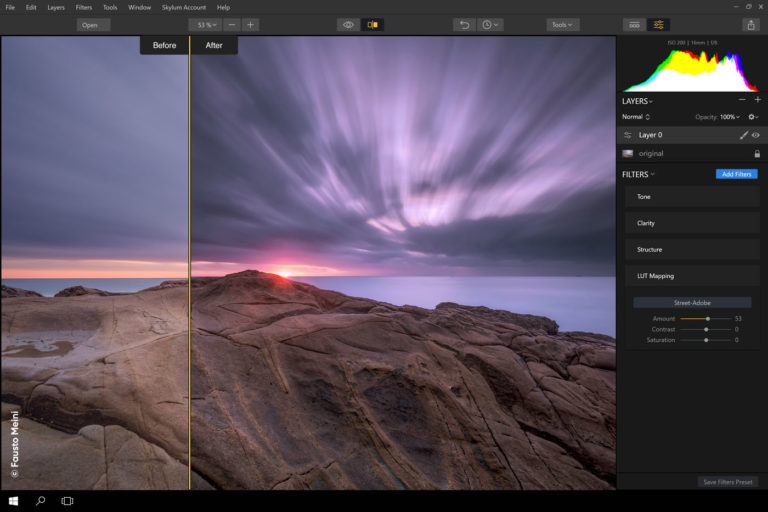
Remember, a neutral starting point is one that is correct for the image you are editing and not an absolute starting point.Īlso, you should make sure you select a LUT that is appropriate for the lighting conditions of your image. Alternatively, you wouldn’t want to open up your shadows at cost of overexposing your subject. You wouldn’t want to protect your highlights at all cost if that would mean underexposing your main subject for example. If your image was shot under mixed lighting conditions, select the most appropriate white balance for the mood you’re trying to convey.Īlways exercise a good judgement in regards to colour correcting your image. You should aim for neutral white balance for the lighting conditions under which your image was shot and make sure there’s plenty of information in image’s shadows and highlights. This means you should balance and correct any exposure, white balance and contrast issues prior to applying one of the LUTs. All of our 3D LUTs are calibrated to work correctly with properly exposed and balanced images. It is very important that you first colour correct and balance your image before applying a 3D LUT.

To change the blending mode of the ‘LUT Mapping’ filter right click the ‘LUT Mapping’ filter, select Blend and select the desired blending mode. Please note, in Luminar 2018 you should be using the LUTs from the ‘Standard (Rec709 and DCI P3) LUTs’ folder of your package.Īdditionally, Luminar 2018 allows you to change the blending mode of the ‘LUT Mapping’ filter.
#Luminar ai lut how to
Please follow these instructions to learn how to apply LUTs in Skylum Luminar 2018.
Luminar 2018 offers out of the box support for LUTs.


 0 kommentar(er)
0 kommentar(er)
